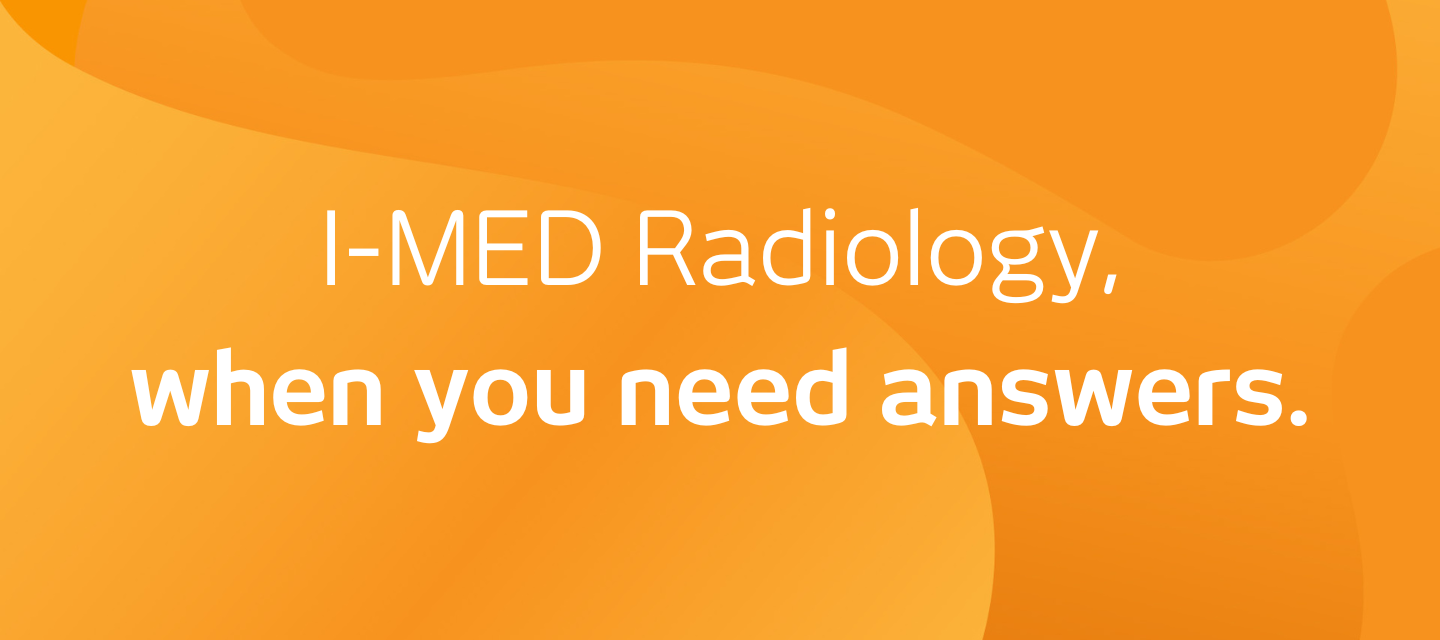
Arthrogram
Arthrogram
What is an arthrogram?
An arthrogram is an x-ray image of the inside of a joint after contrast (or “dye”) is injected into the joint. An arthrogram provides a clear image of the soft tissue in the joint (e.g. ligaments and cartilage) so that a more accurate diagnosis about an injury or symptom can be made.
A radiologist injects the contrast medium into the joint, using fluoroscopy (a special type of x-ray), computed tomography (CT) or ultrasound to help guide the injection needle into the correct position.
Once the injection is finished, images of the joint are taken using magnetic resonance imaging (MRI) or CT. While a plain MRI or CT can provide some information of the soft tissue structures, an arthrogram can sometimes provide much more detailed information about what is wrong within the joint.
How do I prepare for an arthrogram?
keyboard_arrow_down
Usually, no specific preparation is required.
If you have already had a plain x-ray, ultrasound, CT or MRI of the joint to assess any pain or other symptoms you may be experiencing, you will need to bring these scans to your arthrogram appointment.
It is also recommended you wear comfortable clothing with easy access to the joint being examined.
What happens during an arthrogram?
keyboard_arrow_down
Using x-ray, ultrasound or CT for guidance, a needle will be placed into the joint. After ensuring the needle is in the right place, the contrast medium will be injected.
After the injection you will be taken to either an MRI suite (for an MRI arthrogram) or a CT suite (for a CT arthrogram), where detailed imaging of the joint will be carried out.
Are there any after effects of an arthrogram?
keyboard_arrow_down
Many people referred for an arthrogram already experience symptoms of a sore joint. There can be a mild-to-moderate increase in soreness in the joint for 24–48 hours after the injection. The joint will then return to feeling the way it was before the test.
How long does an arthrogram take?
keyboard_arrow_down
The injection of contrast medium usually takes about 15 minutes. You may then have to wait a short time before having the additional imaging of your joint. An MRI scan can take 30–45 minutes and a CT scan can take 15 minutes, depending on the joint and the number of scans requested. You should allow approximately two hours from arrival at the radiology department for your appointment.
How do I get my results? keyboard_arrow_down
Your doctor will receive a written report on your test as soon as is practicable.
It is very important that you discuss the results with the doctor who referred you so they can explain what the results mean for you.
Most results are normal. Occasionally, small changes are seen that need further review.
If your results are normal you will be able to return for routine screening (usually every 2 years). If your results are uncertain or show changes you may need to consider additional imaging (diagnostic mammogram, ultrasound, or biopsy) in discussion with your referring doctor.

This information has been reviewed and approved by Dr Ronald Shnier (I-MED Chief Medical Officer).
Related articles


This information has been reviewed and approved by Dr Ronald Shnier (I-MED Chief Medical Officer).
Related articles

